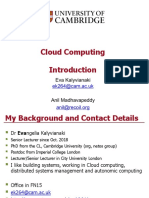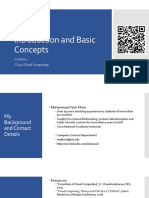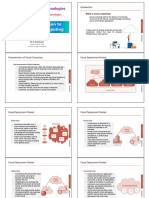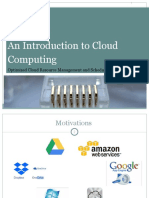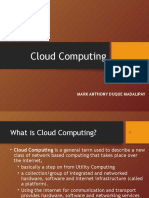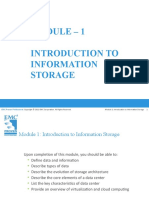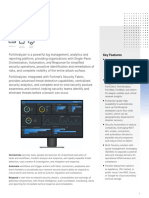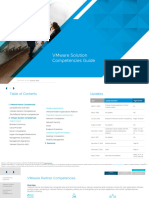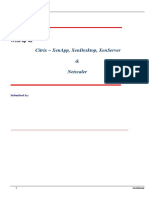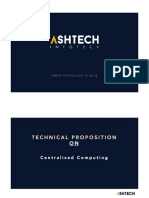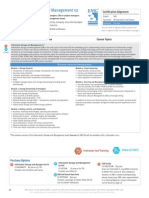0% found this document useful (0 votes)
6 views45 pagesLecture02 - Cloud Computer Basics
The document provides an introduction to cloud computing, covering its definition, types of services (SaaS, PaaS, IaaS), advantages, disadvantages, and enabling technologies. It discusses the evolution of cloud computing, its applications, and the infrastructure required for large-scale data processing using frameworks like MapReduce and Hadoop. Additionally, it outlines the different types of clouds (public, private, hybrid) and highlights the importance of virtualization and resource management in cloud environments.
Uploaded by
Hạnh Hoàng ĐìnhCopyright
© © All Rights Reserved
We take content rights seriously. If you suspect this is your content, claim it here.
Available Formats
Download as PPTX, PDF, TXT or read online on Scribd
0% found this document useful (0 votes)
6 views45 pagesLecture02 - Cloud Computer Basics
The document provides an introduction to cloud computing, covering its definition, types of services (SaaS, PaaS, IaaS), advantages, disadvantages, and enabling technologies. It discusses the evolution of cloud computing, its applications, and the infrastructure required for large-scale data processing using frameworks like MapReduce and Hadoop. Additionally, it outlines the different types of clouds (public, private, hybrid) and highlights the importance of virtualization and resource management in cloud environments.
Uploaded by
Hạnh Hoàng ĐìnhCopyright
© © All Rights Reserved
We take content rights seriously. If you suspect this is your content, claim it here.
Available Formats
Download as PPTX, PDF, TXT or read online on Scribd
/ 45

